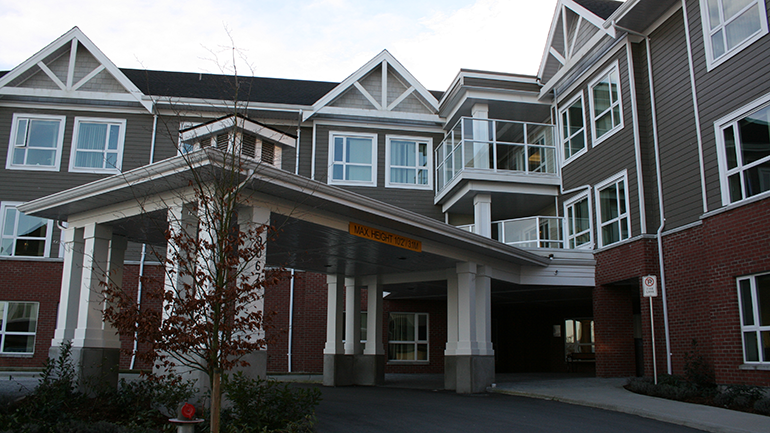As COVID-19 cases climb in long-term care homes, experts hope to avoid locking down residents |
|
|
|
|
As the number of Canadians infected with COVID-19 continues to climb, the virus has crept back into long-term care and retirement homes across the country. After rapidly spreading through hundreds of facilities in the spring, killing thousands of seniors, health officials were able to bring it under control during the summer, said Dr. Samir Sinha, director of geriatrics at Sinai Health in Toronto. But after Labour Day, as COVID-19 cases sharply rose among the general public, so, too, did the number of outbreaks in long-term care. „What really worries me now going into the second wave is that as we’re seeing the community transmission ramp up, we’re seeing more and more homes get into outbreak,” Sinha told Dr. Brian Goldman, host of the CBC podcast The Dose. „It’s only going to be a matter of time before that translates into more deaths … deaths that unfortunately, I think, many of us feel are just utterly preventable.”Based on data provided by provincial health ministries, CBC News estimates that as of Tuesday evening, there were active COVID-19 outbreaks in more than 120 long-term care homes in Canada’s hardest-hit provinces alone: Ontario, Quebec, Alberta and British Columbia. On top of the LTC count, there are close to 100 outbreaks in retirement homes in those provinces, primarily in Ontario and Quebec. „Outbreaks” are defined differently in various provinces, writes CBC’s Nicole Ireland. In Ontario, only one case — either a resident or a staff member — triggers outbreak protocols. Other provinces count two or more cases as an outbreak. Although it’s „early days,” Sinha sees some hope in the fact that the majority of outbreaks this fall appear to be much smaller than they were during COVID-19’s first assault on long-term care homes last spring. „Perhaps we have better systems in place that we can identify it early, isolate quickly and not let small outbreaks become massive outbreaks,” Sinha said. Whether that happens will reveal if the changes governments and long-term care homes have pledged since the spring are enough to combat this round of COVID-19, said Dr. Isaac Bogoch, an infectious disease specialist at Toronto’s University Health Network. „What is disappointing is how much of it we’re seeing this early in the fall, knowing there’s a long fall and winter ahead,” Bogoch said. In addition to protecting seniors from COVID-19 infection, Sinha emphasized the importance of protecting them from re-living the lockdown of long-term care and retirement homes that happened in the spring. The thought of going through that fear, loneliness and isolation again is traumatizing, he said. „I can’t imagine the emotions that people are feeling right now,” Sinha said. „[But] I think we’re going to do a better job this round … about making sure we’re not shutting families out completely.”, an infectious disease epidemiologist at the University of Toronto’s Dalla Lana School of Public Health, agreed that access to family visits should be maintained during this next phase of COVID-19. „I think lockdowns should be a measure of last resort,” she said. |

A. Tuite: „I think lockdowns should be a measure of last resort”
0



